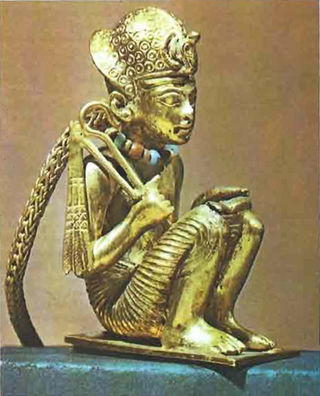
Wax Carving
The Process

DRIP
Build a form by heating your dripper, melting wax, and slowly adding the molten wax to build up your piece.

CARVE
Using sandpapers, files, and sculpting tools, sculpt your piece into its more refined form.

CAST
Using the lost wax process, the wax model is cast into sterling silver.
The History
Creating jewelry by carving wax is an ancient technique that dates back over 6,500 years. There are several locations worldwide where wax carving originated such as Europe, Asia, and Egypt; though the most ancient evidence has been found in the Middle East. The process involved using a small carving tool to sculpt the wax into the desired shape, ensuring that every detail was perfect.
This centuries-old technique has evolved, with the most significant developments in the 20th century following Danish engineer Thoger Gronborg Jungersen's patenting of a method involving rubber molds. This allowed jewelers to recreate the same design repeatedly using one single mold.
Today, wax carving is still widely used in the jewelry industry, with artisans creating everything from simple bands to elaborate pieces with intricate details. The process has become even more precise and efficient with modern tools and technology, allowing for even greater creativity and innovation in jewelry design. Whether creating a one-of-a-kind piece or a production run of thousands, wax carving remains an essential part of the jewelry-making process and a testament to the skill and artistry of the craft.

c. 1900

c. 1400

c. 1250 - 1300

c. 1300
